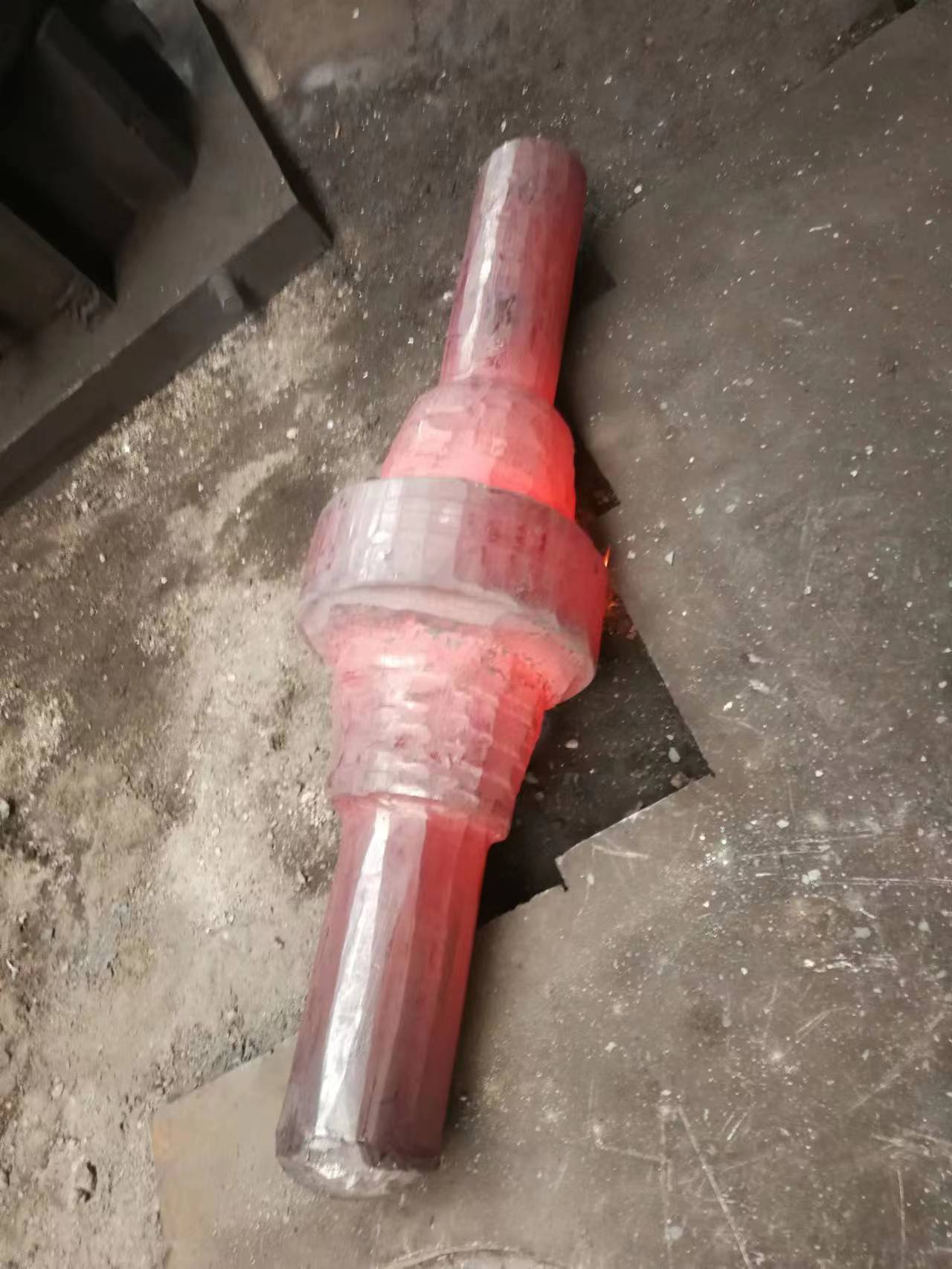What are the principles of forging process when forging forging?
2024-01-05
In the forging process, the billet has obvious plastic deformation and a large amount of plastic flow.
Forging is a common forming method in mechanical manufacturing. The mechanical properties of forgings are generally better than those of castings of the same material. For important parts with high load and severe working conditions in machinery, forgings are used in addition to plate profiles or welding parts with simple shapes that can be rolled.
forging
Forging process selection is flexible and diverse, only to the forming process as an example, the same die forging can be completed with different equipment or different methods. Under the premise of ensuring the appearance and internal quality and productivity of the product, the basic starting point for selecting a successful process plan should be considered is economic benefits, which are specified as follows.
(1) Save raw materials as much as possible. As far as possible, use near zero margin forming or near static forming to reduce cutting processing.
(2) Reduce energy consumption. Can not only look at the energy consumption of a certain process, but also look at the total energy consumption, at first it seems that cold forging because of the elimination of heating processes, energy consumption is reduced, but also should consider the softening treatment before cold forging and the energy consumed by annealing between processes. Non-tempered steel and waste heat deformation treatment are energy saving processes.
(3) Reduce deformation force. Try to use the labor-saving forming method, which can not only reduce the equipment tonnage, reduce the initial investment, but also improve the life of the mold. This is why rotary forming has been widely used in recent years.
(4) Good process stability. A good process should be shown in the ability to achieve long-term continuous production, but not because of the pursuit of some individual indicators (such as fewer passes, large deformation per pass), but lead to low yield or damage to the mold.
The purpose of forging processing is to obtain forgings that meet the requirements of the pattern and have qualified internal organizational properties. Two basic conditions should be met: (1) The material can withstand the required amount of deformation without destruction in the deformation process; (2) Force conditions, that is, the equipment through the mold to apply a large enough deformation force to the workpiece, that is, a specific distribution of force.
this is forgings produced by tongxin precision forging company




